Images that changed history
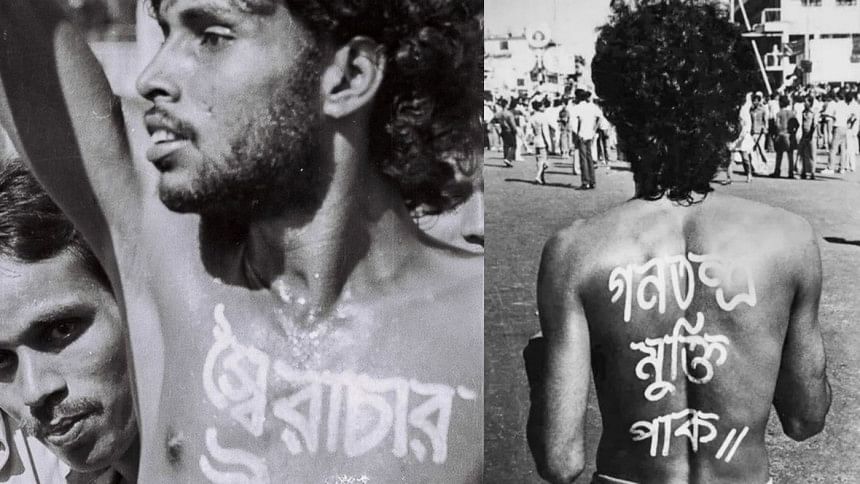
The heartbreaking image from 1970 of a helpless Mary Ann, a student at Kent State University in Ohio kneeling over the body of her fallen student friend Jeffrey Miller with her arms raised in anguish and begging for help, is one of the most important photos of the 20th century. Miller was shot by the Ohio Army National Guard while protesting America's unjust war in Vietnam. Taken by student photographer John Filo, the image was one seminal event of the anti-Vietnam war movement in the United States.
The blood-curling image of a nine-year-old Vietnamese girl, Phan Thị Kim Phuc, running down a country road in South Vietnam's Trang Bang area with fear and pain written large on her face and her skin peeling off from the effect of a napalm bomb, forced the Nixon administration to start peace talks with the government of North Vietnam, recorded in history as the Paris Peace Talks. This finally led the US to gradually withdraw its military from Vietnam, ending with the capture of Saigon by North Vietnamese forces and the inevitable unification of Vietnam. That scene captured on camera by Vietnamese-American photojournalist Nick Ut received not just global attention, it changed the course of history.
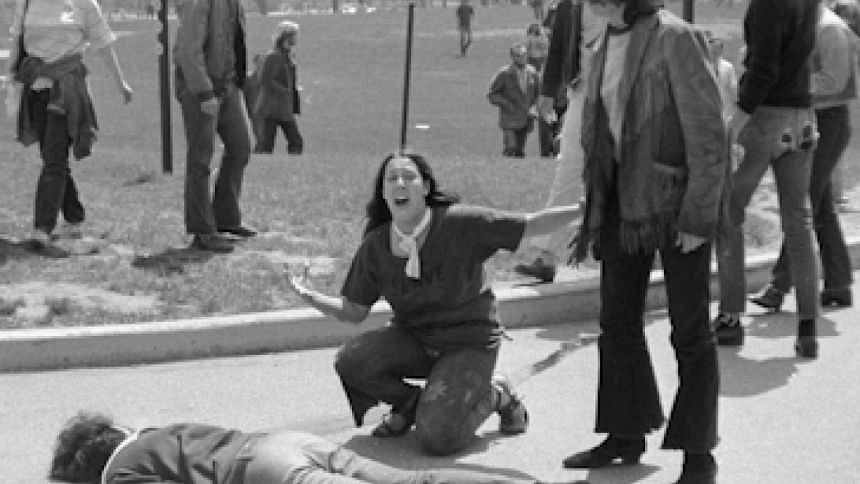
The two images, captured within a space of just two years, largely contributed to President Richard Nixon's fall from grace and his eventual resignation in 1974, the Watergate scandal just being the tipping point.
In Bangladesh the image of Nur Hussain, a protester at the anti-Ershad movement in Dhaka, with the message "end to autocracy, freedom for democracy" painted on his bare body minutes before being shot down by the police on November 10, 1987, further energised a mass uprising that forced the erstwhile president to resign.
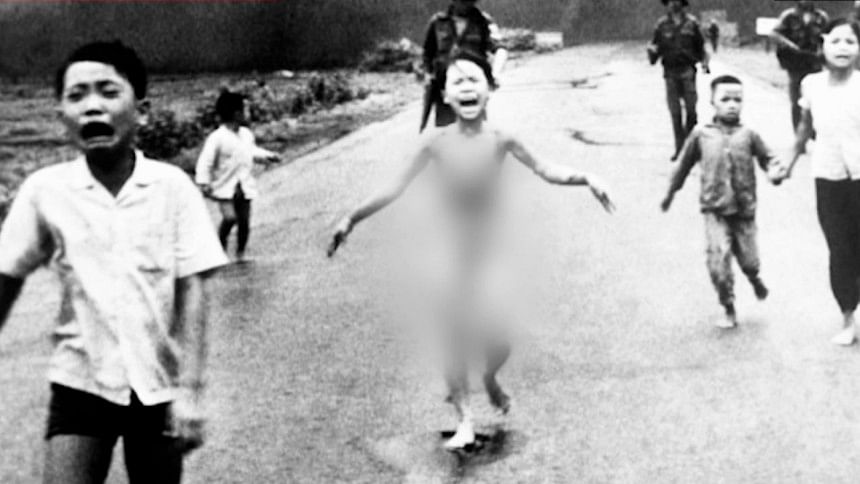
Fast forward to Rangpur, Bangladesh in July 2024. This time it was Abu Syed, a student of Rangpur Begum Rokeya University, standing with his arms stretched open, protesting against injustice as part of a greater movement led by the youth of Bangladesh against the undemocratic government of Prime Minister Sheikh Hasina. As he looked at the armed police with courage and conviction written all over his smiling face, not one, but multiple pellets struck his body. Within minutes, Abu Syed lay dead, a martyr for democracy and a victim of autocracy, one of the many killed during the movement. The image of Abu Syed, standing tall and looking down the barrel of guns before being cruelly killed, turned a growing protest against the government of Sheikh Hasina into an all-engulfing popular movement, forcing the prime minister to leave not just her office but also the country.
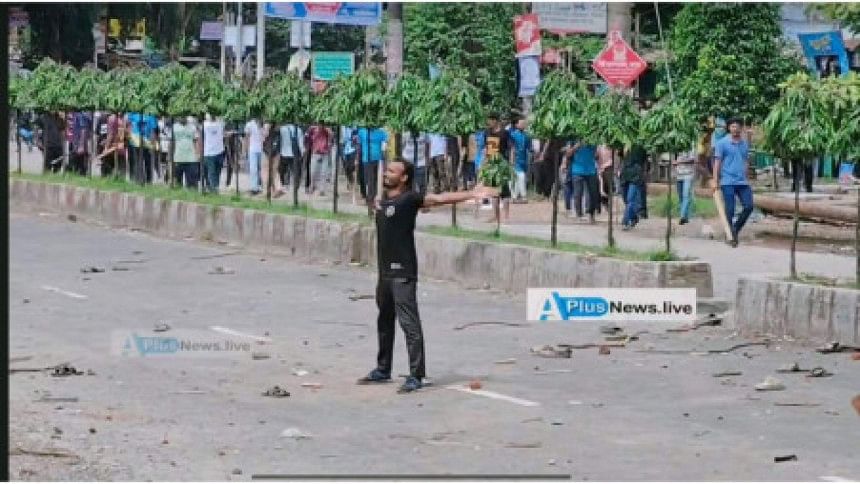
The common thread in all of the above instances is that the victims were all young people, mostly students—who came from a school in Trang Ban village in Vietnam to a university in Rangpur in Bangladesh. Kim Phuc survived and now lives in Canada. But Jeffrey Miller in Ohio, Nur Hussain in Dhaka, and Abu Syed in Rangpur did not live to see the fruits of their courage and sacrifice. Their deaths in the hands of cold-blooded law enforcement personnel might not have been in vain. After all, they greatly impacted history and paved the way for the end of the rule of unpopular and autocratic governments. In the process, though, their budding lives were cruelly cut short and the pain of loss for their families will never cease. Anyone with even the slightest semblance of conscience must hope that the future does not ask for such sacrifices to ensure accountability, good governance, democracy, and the right to free speech anywhere in the world.
Shamsher M Chowdhury, Bir Bikram, is a former foreign secretary of Bangladesh.
Views expressed in this article are the author's own.
Follow The Daily Star Opinion on Facebook for the latest opinions, commentaries and analyses by experts and professionals. To contribute your article or letter to The Daily Star Opinion, see our guidelines for submission.
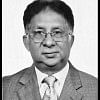
 For all latest news, follow The Daily Star's Google News channel.
For all latest news, follow The Daily Star's Google News channel. 





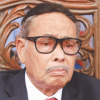


Comments